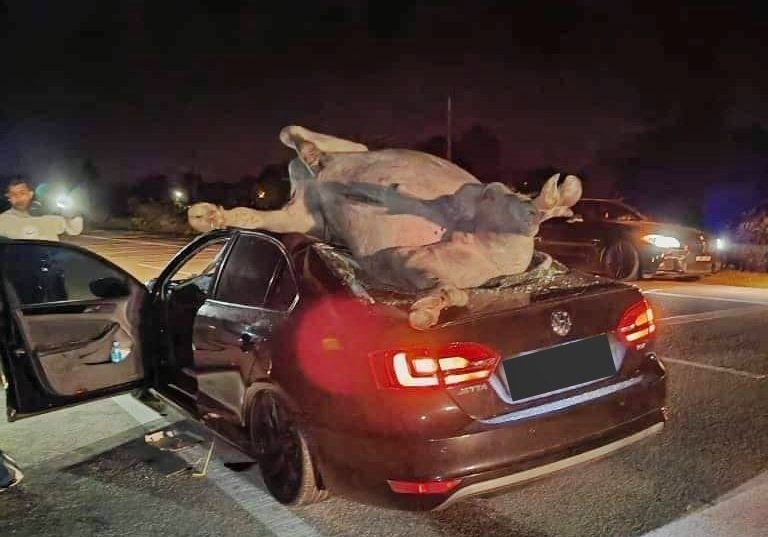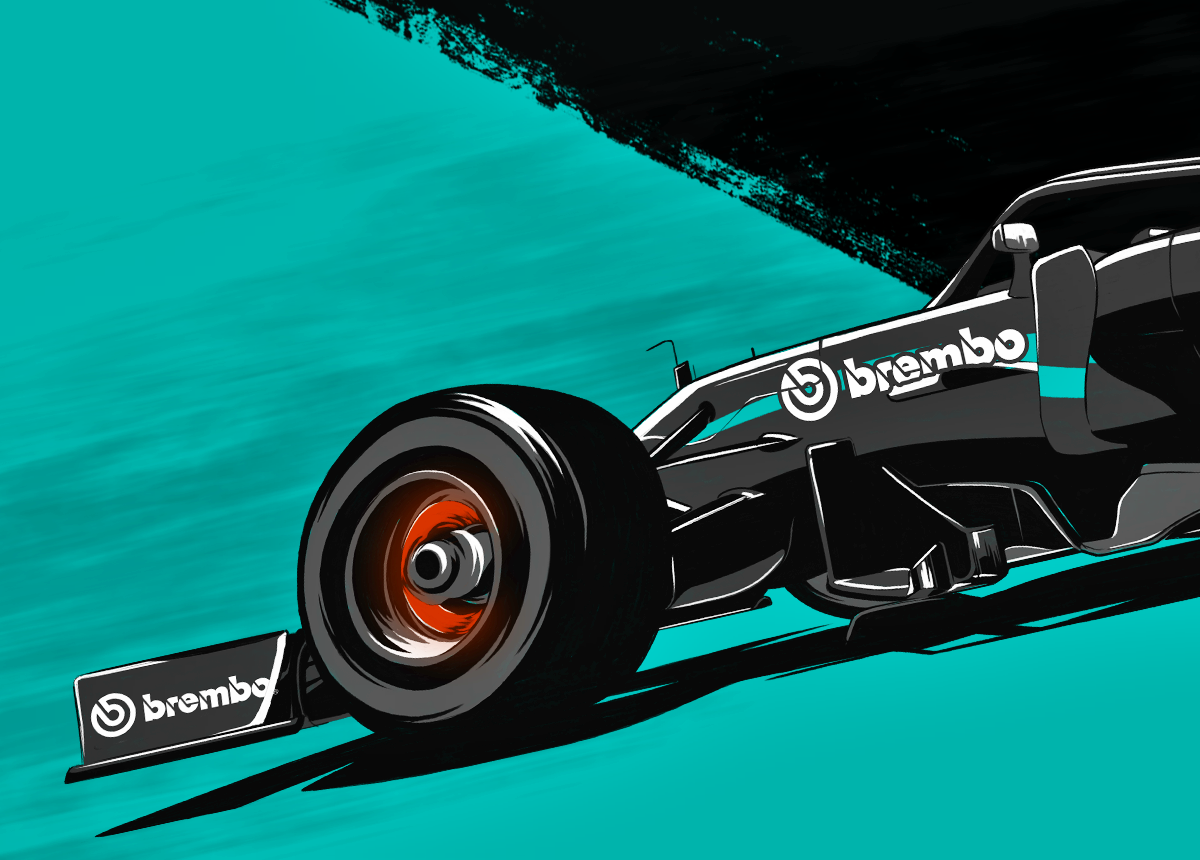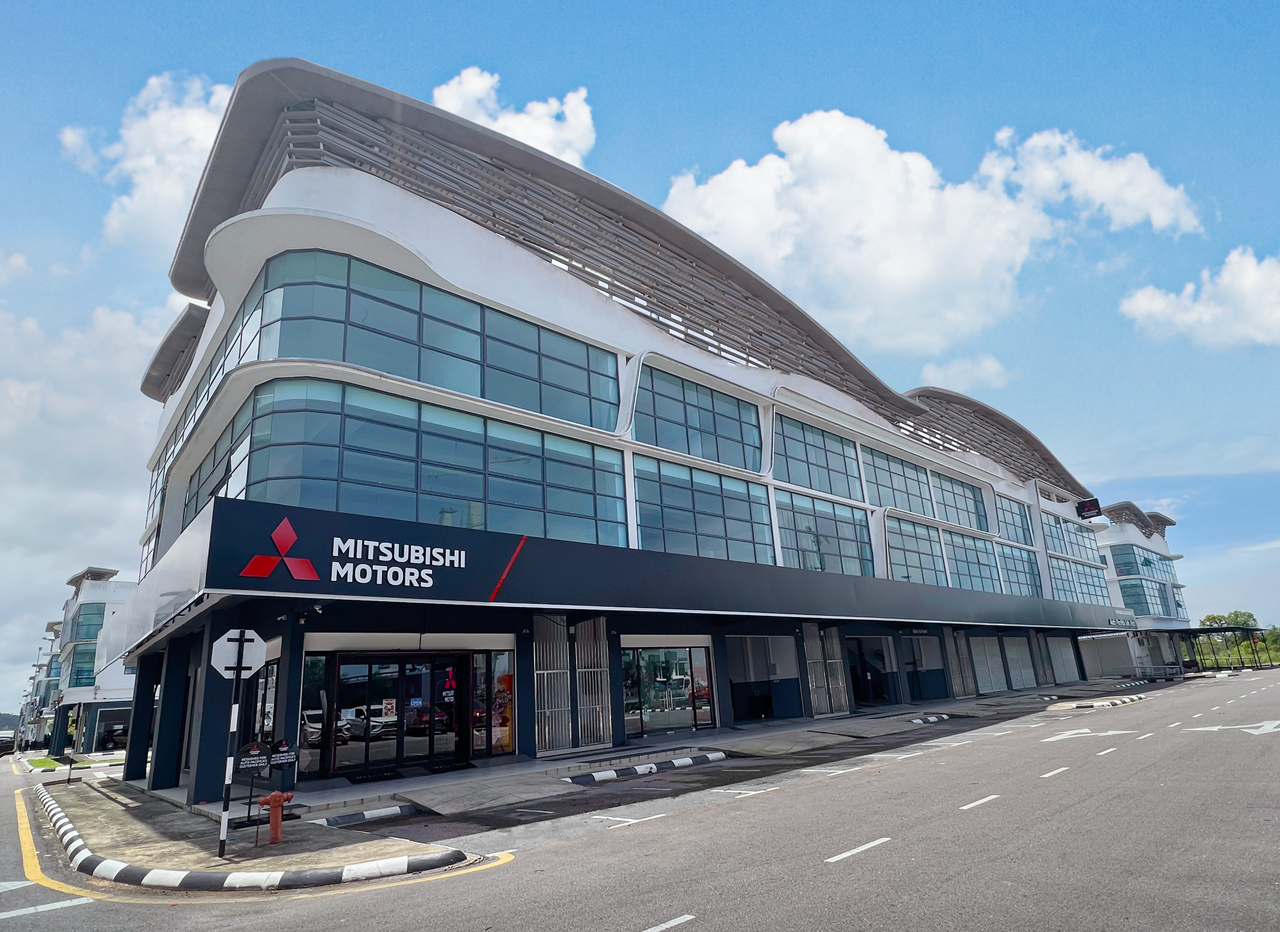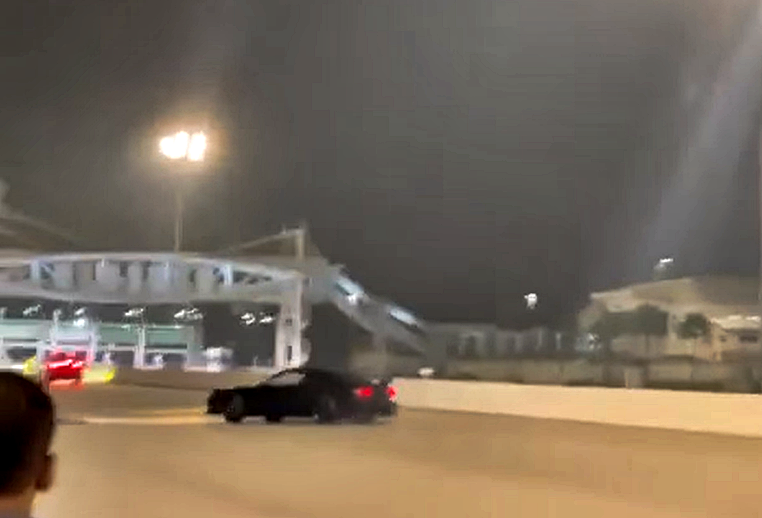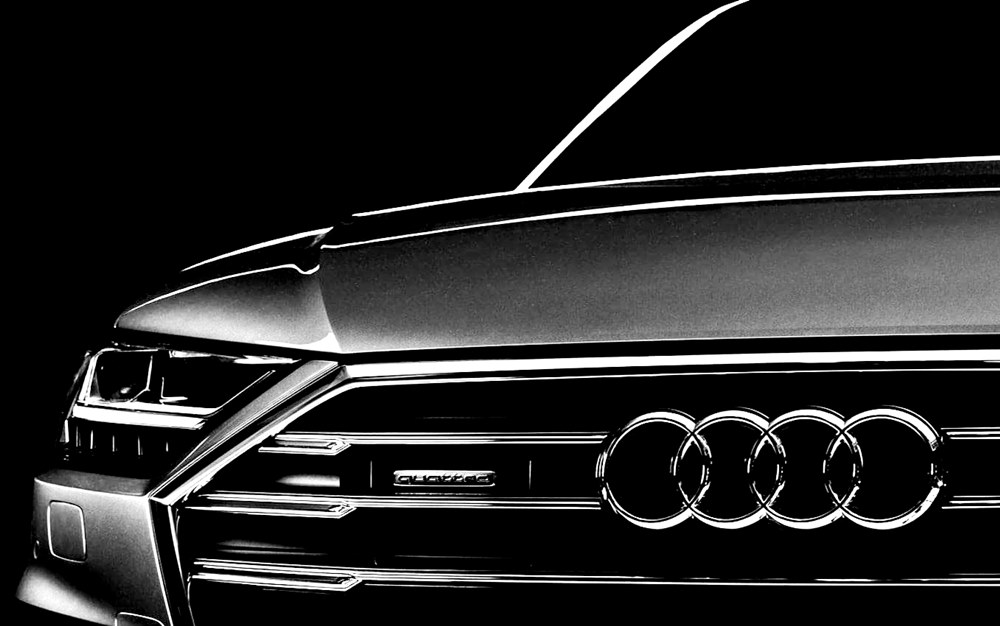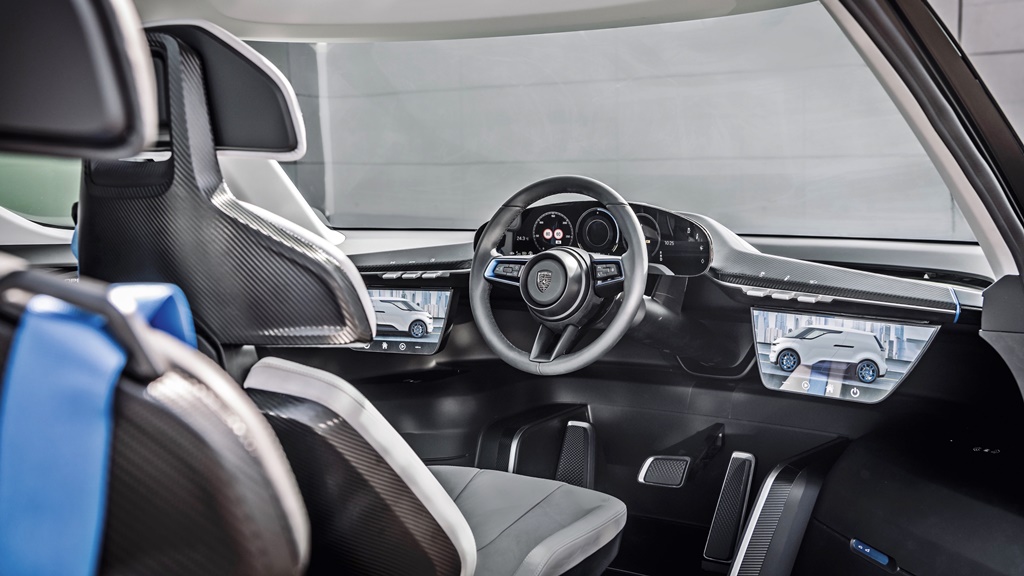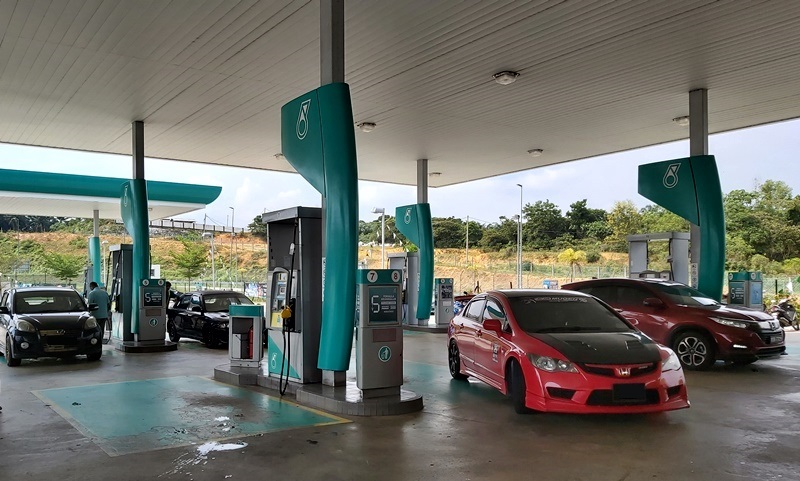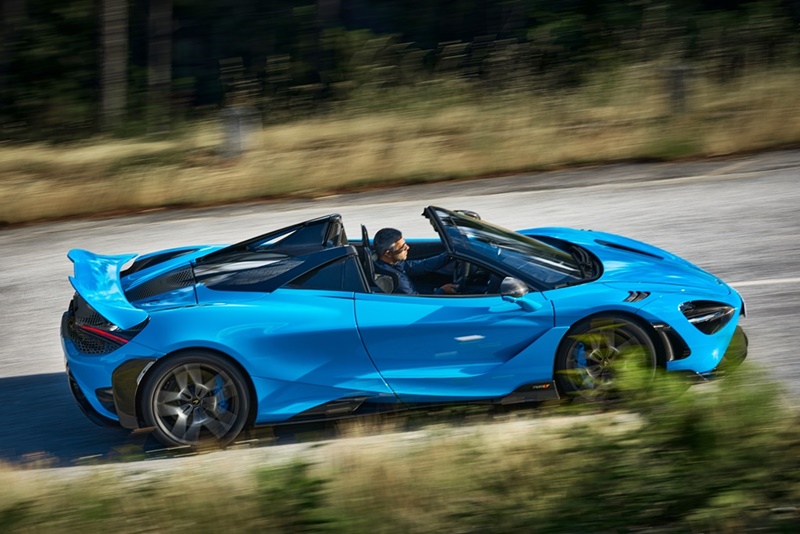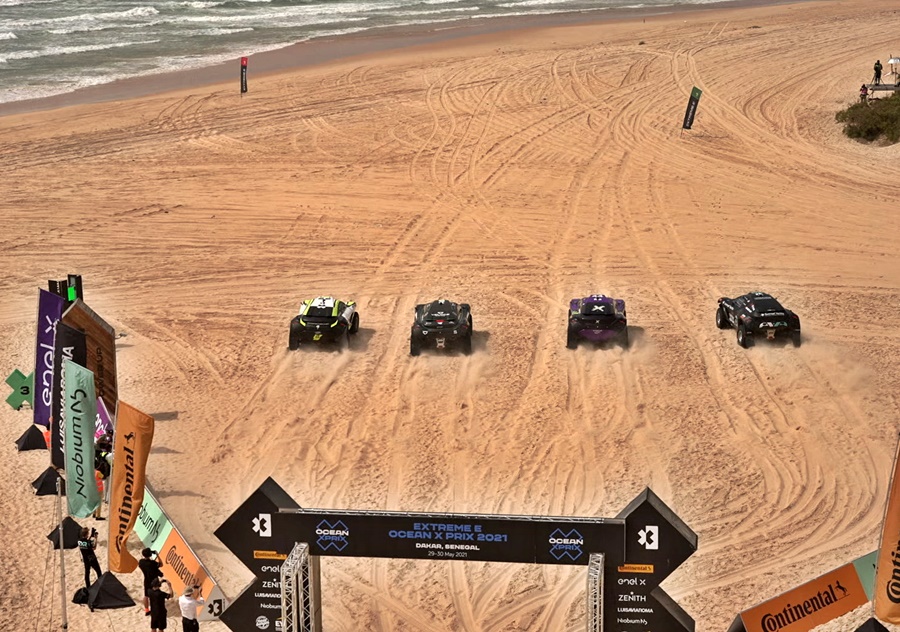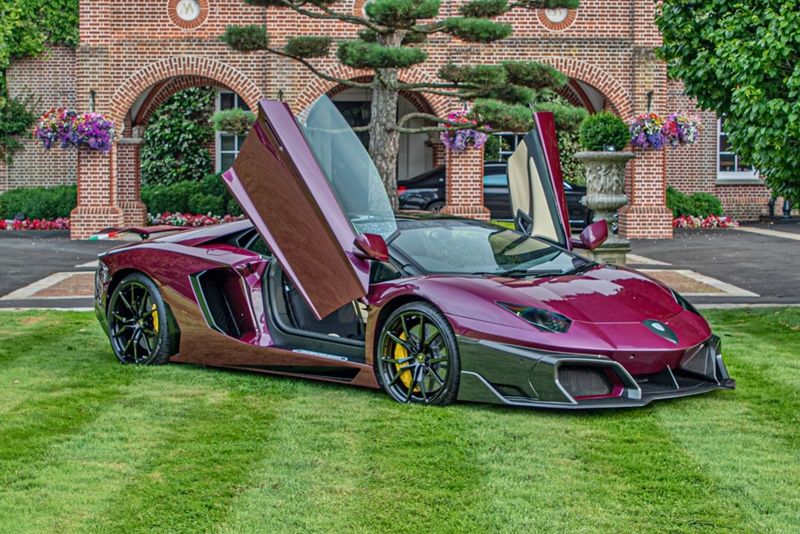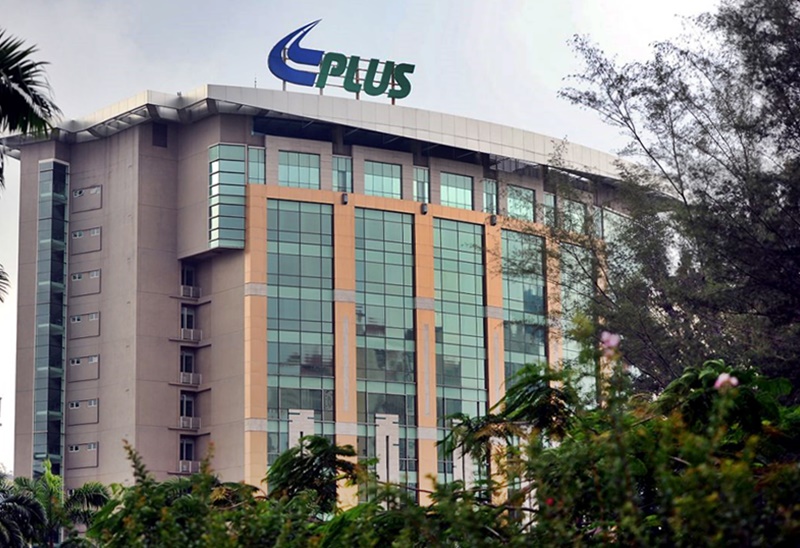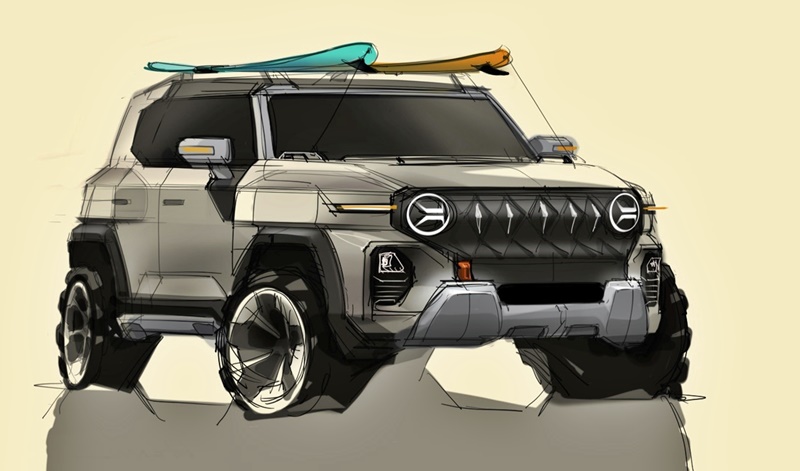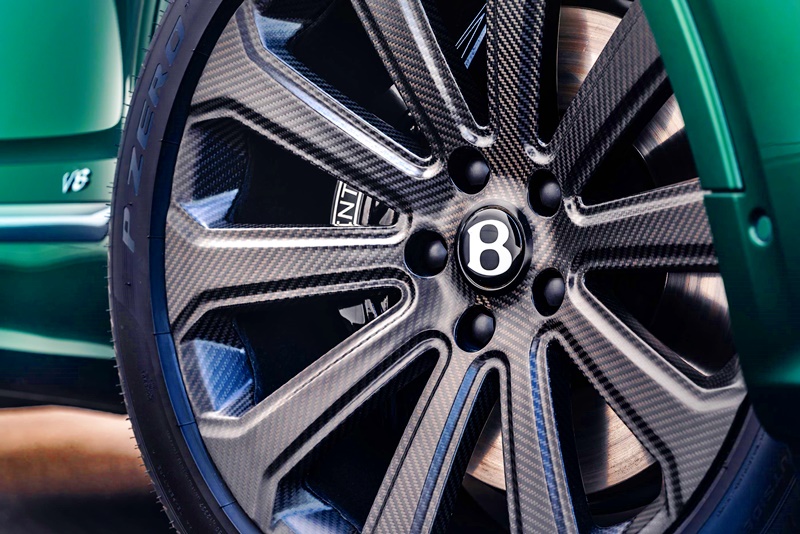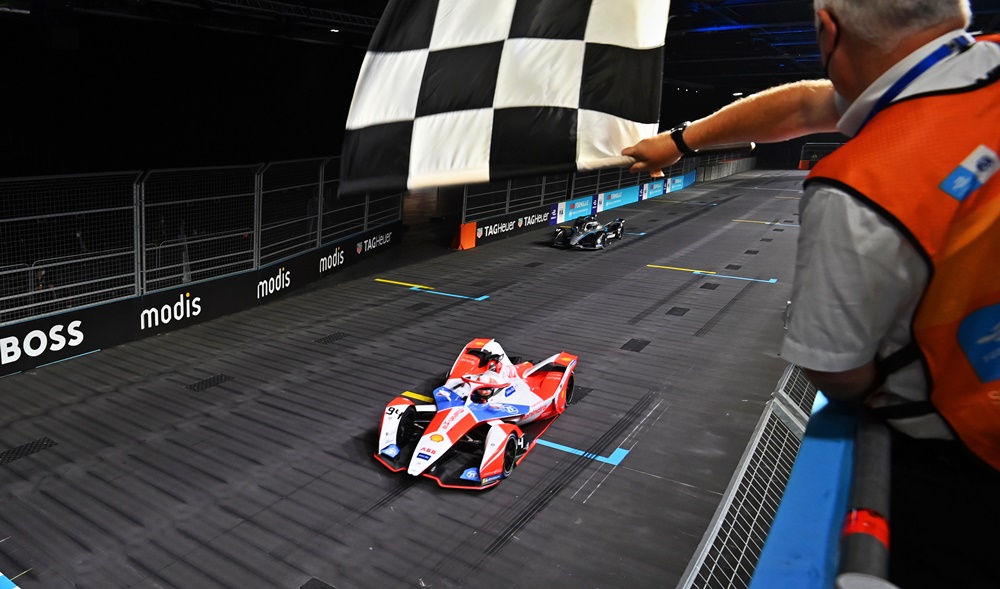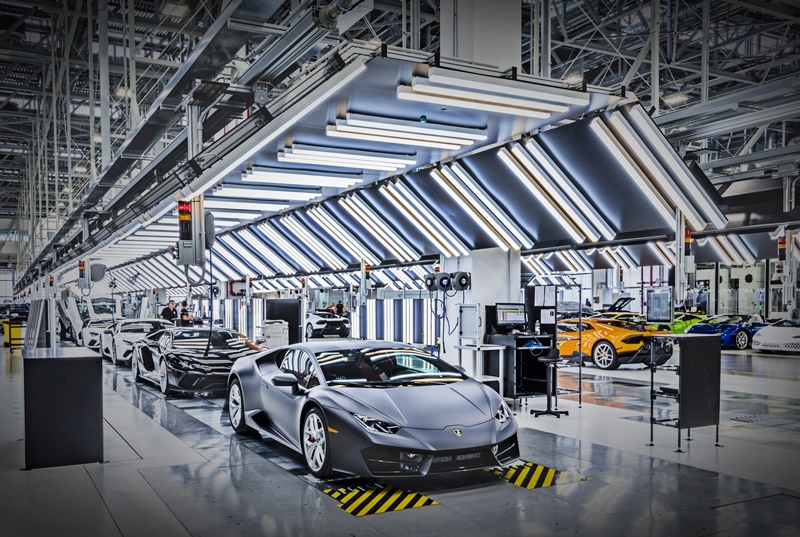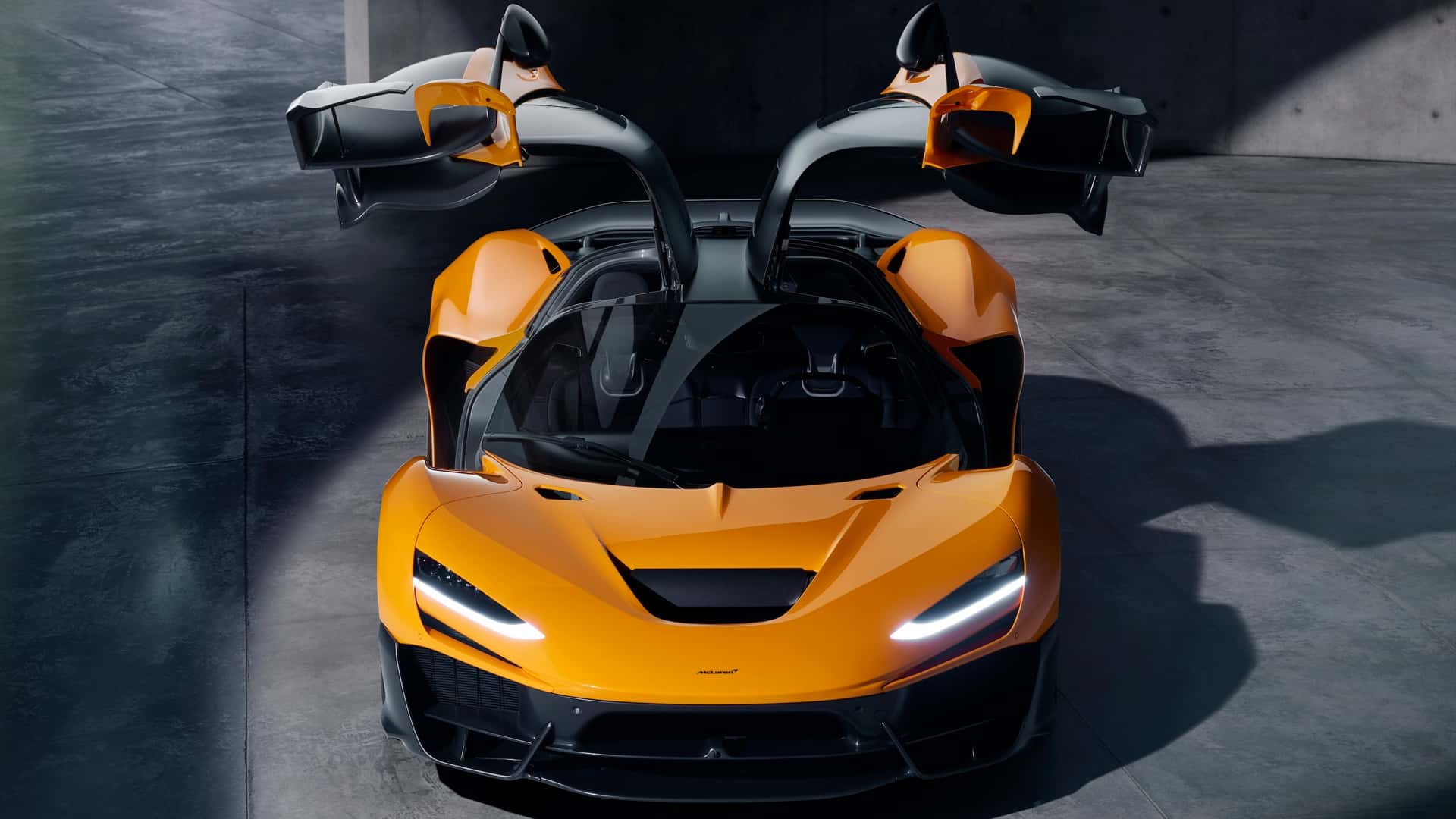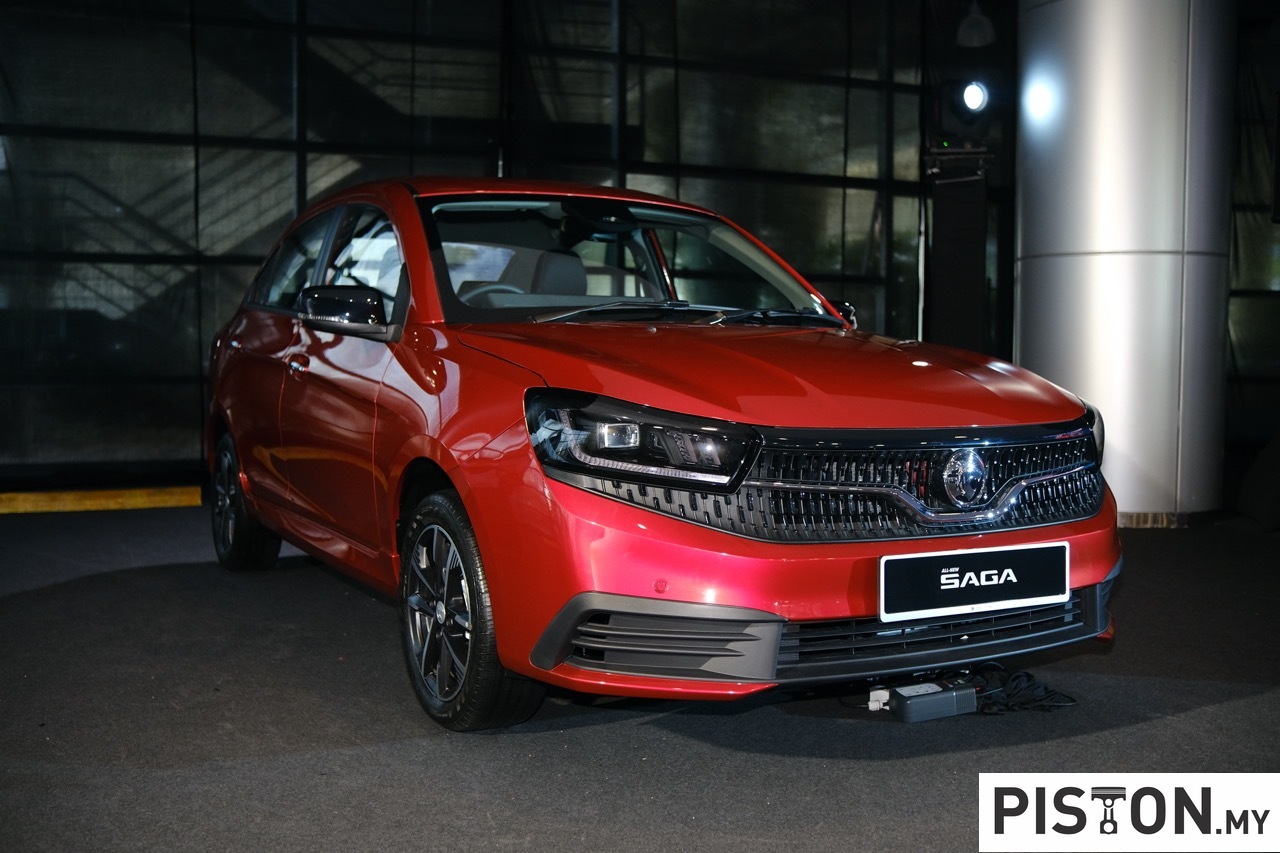A family travelling home after attending a wedding event had a serious accident when their car hit a water buffalo which then landed on the car. The accident, reported in Oriental Daily, occurred in Semerak, Kelantan.
According to the news report, the family in the car consisted of the father, mother and three children. The father who was driving, had difficulty seeing the road ahead probably due to the poorly lit conditions at 11 pm at night. He therefore did not notice the water buffalo standing in the middle of the road until it was too late and hit it.
(more…)


